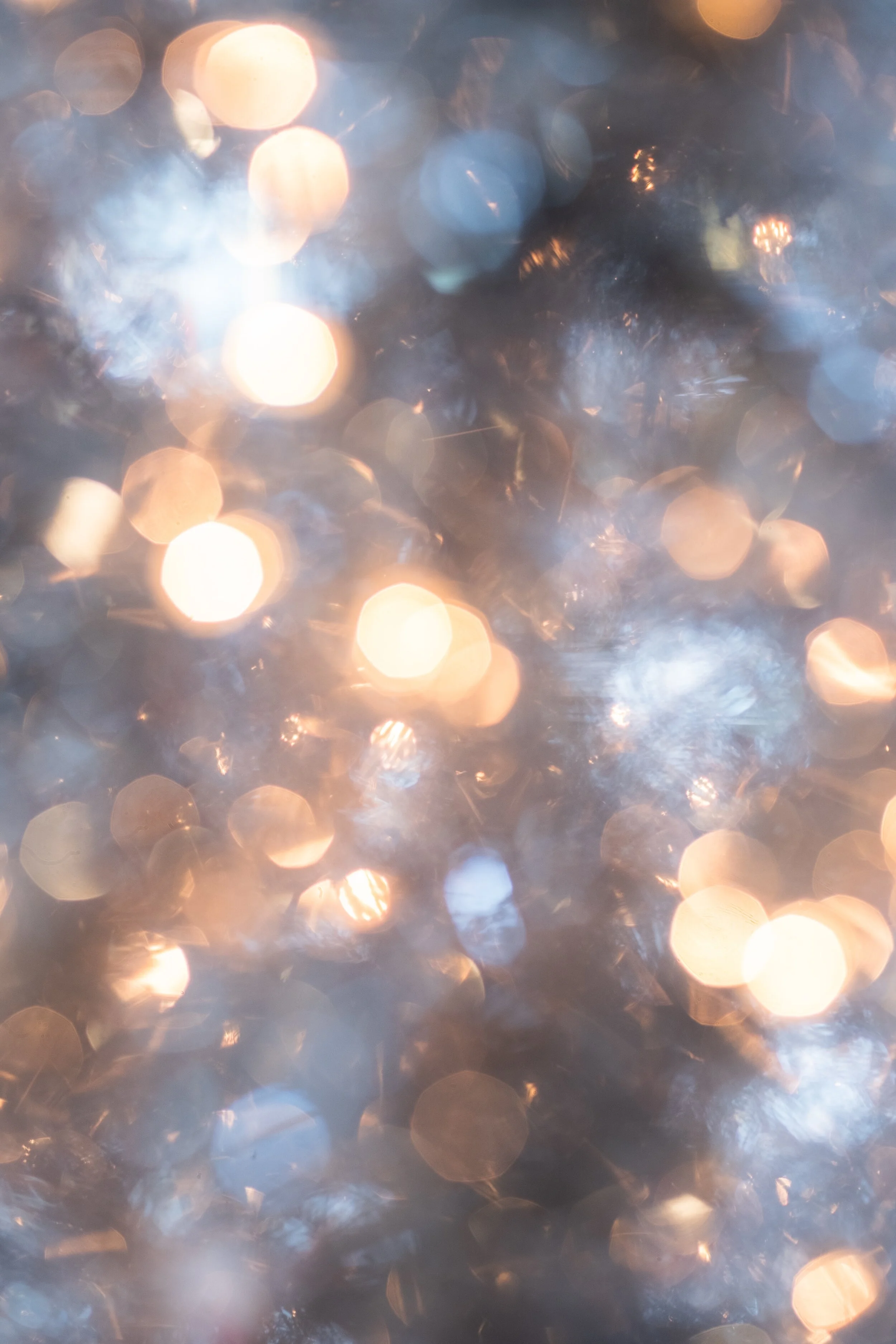It’s great that you regularly clean your house, but what do those detergents actually contain? It could be that besides clearing away allergens, pathogens and contaminants, they are also emitting dangerous toxins in your living space. Sure, they get the job done, but there are many healthier alternatives available. Whether it's DIY products or those purchased at your local eco store. If you are one of those people suffering from allergies or asthma, you should check out natural alternatives for your chemical cleaning products.
Harming your health is one problem, but these substances also travel from your drainage system into our waterways, harming wildlife and contaminating our soils. That means, end-in-end, we consume a lot of these toxins.
Chemical ingredients to watch out for in your cleaning products:
1,4-Dioxane - a suspected carcinogen
Quaternary Ammonium Compounds (“quats”) – causing asthma
Chlorine bleach – fumes from this product may contain chlorine and chloroform, linked to respiratory and neurological problems and cancer
Formaldehyde – used as a preservative, proved to be carcinogenic
Perchloroethylene (“PERC”) – many home laundry products, including spot removers contain this probable carcinogen
2-Butoxyethanol (also 2-BE, BCEE, or Butyl cellosolve) – found in degreasers, stain removers and oven cleaners. A skin and eye irritant.
Diethylene Glycol Monomethyl Ether (also DEGME or Methoxydiglycol) – used in many degreasers and heavy-duty cleaners. Actually banned in Europe, linked to reproductive system problems.
Ammonia – damages your lungs and irritates the skin
Fragrances – the artificial ones of course! And only the Lord knows what these can contain… (amongst others harmful phthalates)
Luckily, the European regulations require a list of ingredients to be displayed on all containers. This means you can identify any nasties by just reading the label. And choose for the healthiest option for both you and your family (or flatmates…).
Here’s how you make DIY cleaning products:
1. Surface spray or all-round cleaner
We suggest buying (or finding in your house!) a bottle with a sprayer top, and filling it using a funnel with the following ingredients:
cup distilled water.
1 cup white distilled vinegar.
1/2 lemon juiced (optional)
15 drops lavender essential oil or peppermint, orange, or lemon.
Smells amazing, works great and… consists of 100% natural ingredients. The good news is that this mixture is also great for cleaning yoga mats!
2. Heavy-duty cleaner
For this, you are best off purchasing another bottle topped with a sprayer. Fill it up using a funnel, so you avoid spilling the mixture all over the place.
1 Tablespoon of Borax.
3 Tablespoons of hot tap water.
1 Tablespoon of Baking Soda.
2 cups of 3% Hydrogen Peroxide.
20-30 drops of dish soap.
3. Glass cleaner
Once again, you better stock up on those spray bottles! Preferably glass ones, but you can also re-use some old plastic ones from other products. Use a funnel to fill the bottle.
one cup of rubbing alcohol,
one cup of water,
one tablespoon of vinegar
Store in a cool cabinet away from any heat source because the alcohol makes this mixture flammable.
4. Clothes washing liquid or powder
To store this mixture, find a fairly large container with a fitting lid. Mix together:
2 parts borax,
2 parts washing soda,
1 part soap flakes
You can also add a few drops of essential oil (like lemon)
Note: another great product available at eco-stores are soap nuts!
5. Dishwashing liquid
You will need these tools:
A heat-proof mixing bowl
Spoon
A bottle with a pump or just an old dishwashing liquid bottle will do!
Funnel
Ingredients:
300ml (1¼ cups) boiling water.
1 tablespoon soda crystals (washing soda)
100ml (½ cup) liquid castile soap.
½ teaspoon glycerine.
2 drops basil essential oil
4 drops grapefruit essential oil
4 drops peppermint essential oil
Heat up the water, next dissolve the soda crystals by stirring. Add and dissolve the ingredients from the list respectively, and pour everything into the bottle!
6. Dishwasher tablets
Yes, this one’s for the ambitious ones! If you have some extra time on your hands, check out the instructions in this link. Or at least buy the eco-brand ones.
As you can see, there is a whole array of affordable and safe alternatives we can make. There are also many ecological supermarkets and stores, like Ekoplaza, Marqt, De Tuinen, where you can purchase ready-to-use natural cleaning products. An extra plus is that ecological brands mainly use easy-biodegradable and recycled materials. We should realize that living healthily does not consist of just eating healthy and doing yoga. What products we use for cleaning our house is just as important. Tell us how your DIY products turned out in the comments section below! Have fun!
- Written by Michelle Prygiel












